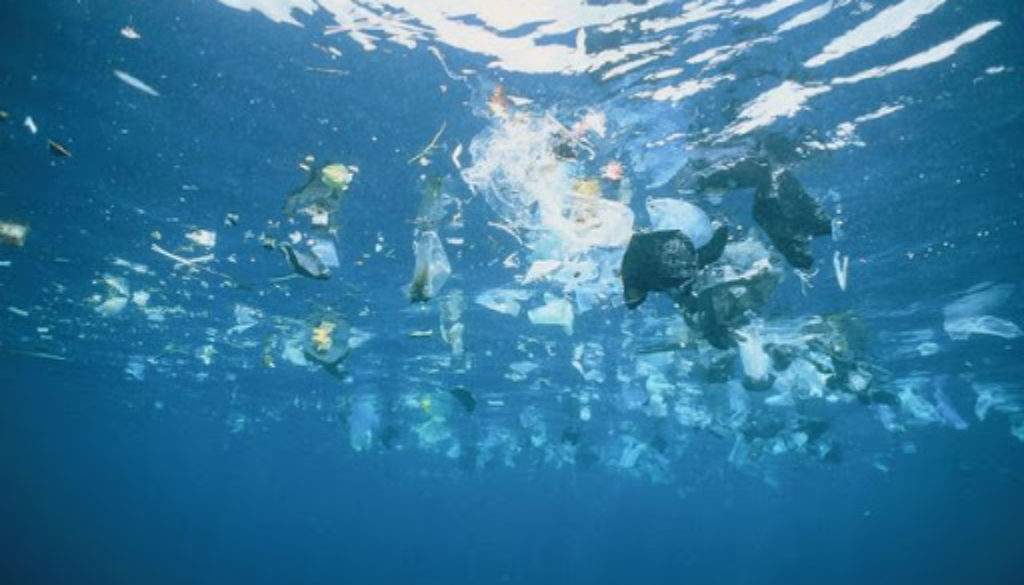How You Can Take Action and Help the Environment
We all got a bit of an ugly wake up call when we realized the Amazon rainforest, which plays a critical role in our planet’s natural carbon and water cycles, was on fire and has been for weeks. The outrage that played out was one of epic proportions and, in the wake of people like Greta Thunberg rising to fame, requests on how we could all help stop our planet’s death march came flooding in. As it turns out, you don’t need to stage a massive protest or invent machines that help clean our oceans. Simple steps you take at home can reduce your footprint and help the environment.
It Starts at Home
![]() There’s plenty you can do at home to begin doing your part to help the environment. Eliminating single-use plastics is one of the biggest changes we as individual consumers can make. When you go to the grocery store, you can use reusable bags. Often, tote bags made from canvas do a wonder for eliminating a pretty serious hazard to wildlife. Plastic bags can suffocate animals as they often either get entangled in the bags or they try to eat them. They also take anywhere from ten to a thousand years to decompose, meaning that the bag you use today will be around for much longer than you’d think, even if you reuse it for trash.
There’s plenty you can do at home to begin doing your part to help the environment. Eliminating single-use plastics is one of the biggest changes we as individual consumers can make. When you go to the grocery store, you can use reusable bags. Often, tote bags made from canvas do a wonder for eliminating a pretty serious hazard to wildlife. Plastic bags can suffocate animals as they often either get entangled in the bags or they try to eat them. They also take anywhere from ten to a thousand years to decompose, meaning that the bag you use today will be around for much longer than you’d think, even if you reuse it for trash.
Another source of single-use plastic has been in focus lately: the plastic straw. After the video of a straw being pulled from the nose of a sea turtle went viral, there was a massive uproar and demand for change. Now, a few companies have started to ban straws and implement paper straws instead. Though this has seen backlash from the disabled community—and rightly so, as there are issues with paper, metal and natural fiber straws that could make them difficult or impossible for certain people to use—a popular alternative among individuals has been the metal straw. Washable, reusable and easy to transport, this is another easy way for you to eliminate single-use plastics in your life.
Outside and On the Go
![]() What can you do when you’re out and about? A lot of cities have started implementing green spaces—refurbishing vacant lots or useless spaces into parks, community gardens, and more. These spaces help to protect water quality and have been shown to improve public health as well. The Atlanta BeltLine is a big example of how a green space can revitalize a city, not only protecting the environment but bringing in tourism as well. The thing that the BeltLine gets correct is implementing an affordable housing program that keeps the poorer population that often lives in inner city spaces from the effects of gentrification. By advocating for and taking care of these green spaces, you can help not only protect these inner-city green spaces for generations to come, but you’re helping prevent habitat loss through construction.
What can you do when you’re out and about? A lot of cities have started implementing green spaces—refurbishing vacant lots or useless spaces into parks, community gardens, and more. These spaces help to protect water quality and have been shown to improve public health as well. The Atlanta BeltLine is a big example of how a green space can revitalize a city, not only protecting the environment but bringing in tourism as well. The thing that the BeltLine gets correct is implementing an affordable housing program that keeps the poorer population that often lives in inner city spaces from the effects of gentrification. By advocating for and taking care of these green spaces, you can help not only protect these inner-city green spaces for generations to come, but you’re helping prevent habitat loss through construction.
Taking public transportation, shopping for fruits and vegetables that are in season, and reducing your home’s energy consumption through raising your thermostat in the summer or using energy saving bulbs— there’s so much you can do to help the environment.






October 3, 2019 @ 4:29 pm
We love your content. Regards from Pissouri Bay Divers from Cyprus.